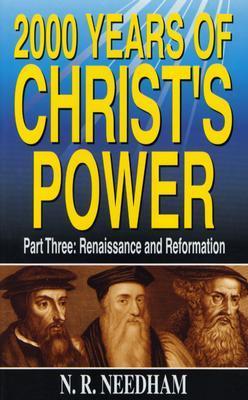What do you think?
Rate this book


624 pages, Paperback
First published October 1, 2003
How many books are still written and published about Charles First and his times! Such is the fresh and enduring interest of that grand crisis of morals, religion, and government! But these books are none of them works of any genius or imagination; not one of these authors seems to be able to throw himself back into that age; if they did, there would be less praise and less blame bestowed on both sides.